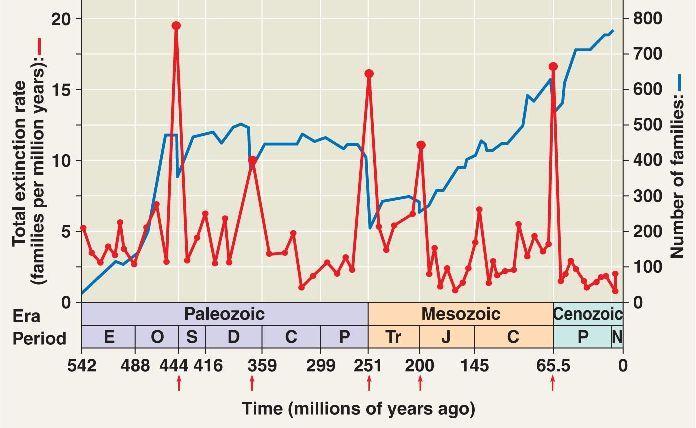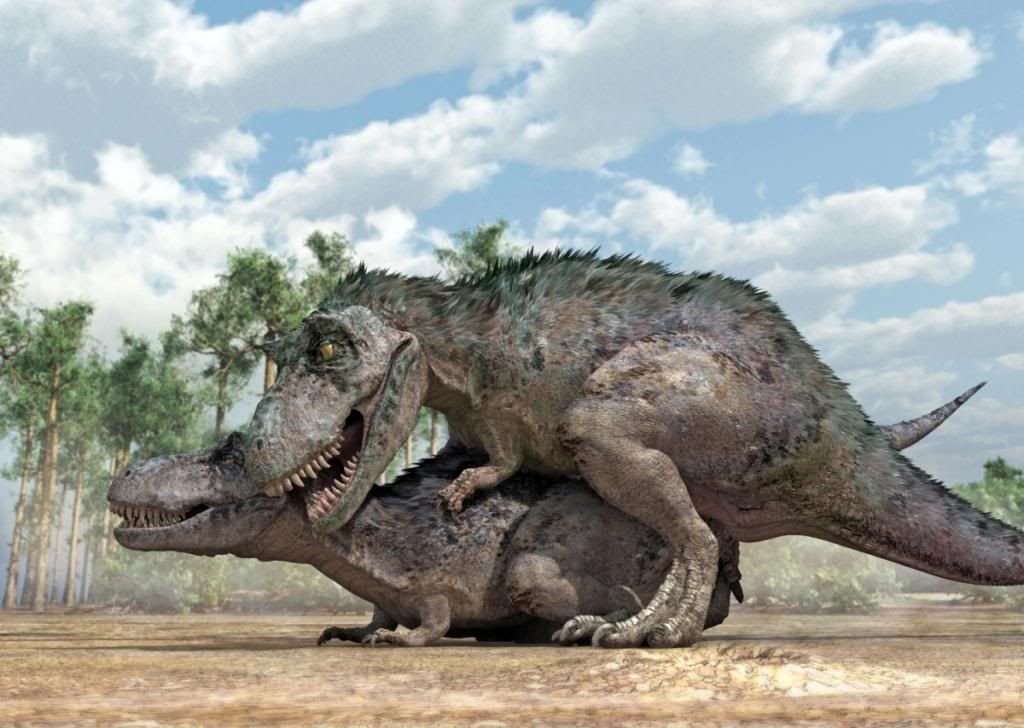
Breaking! -- Scientists have developed a theory that might explain the mysterious 35 million year extinction cycle that may have killed off the dinosaurs. According to a publication in Nature, "Dark Matter Disk Could Have Killed Dinosaurs, Scientists Say. Our whole galaxy might be oscillating around a thin disk of dark matter in the center of the galaxy that provides enough disruption of gravity to send meteorites out of the Oort cloud bombarding the earth every 35 million years.

In the latest paper, theoretical physicists Lisa Randall and Matthew Reece, of Harvard University in Cambridge, Massachusetts, reignite another proposal, which puts the supposed periodicity down to the way the Sun — and the Solar System with it — move inside the Milky Way. As the Sun follows the swirling motion of the Galaxy's arms, circling around the galactic centre, it also moves up and down, periodically crossing the plane that cuts the Galaxy into a top and a bottom half like the two bread slices in a sandwich. The authors suggest that as the Sun oscillates up and down, it crosses a denser layer of dark matter — like the ham in the middle — causing a gravitational push and pull that disturbs comets in the Oort cloud.
Previous models could not account for a gravitational force strong enough to cause the effect. But Randall and Reece show that a thin disk of dark matter at the centre of the Galaxy could do exactly that, causing comet storms with a periodicity of about 35 million years. This would match some weak statistical evidence found in recent surveys of impact craters. Their paper is due to appear in Physical Review Letters
Dark matter is usually thought to be very weakly interacting and thus unable to settle into such a disk. But the authors suggest that a small fraction of dark matter could behave very differently. Last year, they developed a theory of 'dissipative dark matter' in an attempt to explain dark-matter-like signals from the Galaxy's centre seen by the Fermi Gamma-ray Space Telescope. Their model yields a dark disk about 35 light years (10 parsecs) thick, with a density of about 1 solar mass per square light year (10 solar masses per square parsec) — dense enough to trigger periodic comet showers.
The statistical evidence is borderline, if not very weak, but how could I resist starting a article based on a 250 million timeline with "Breaking?"
3:34 PM PT: Sorry, not to have presented a "fair and balanced" alternative theory for the dinosaur extinction.
From Dinoviticus 3:20 "And, Jesus, so loved the dinosaurs that he took them to heaven with him after dying on the cross for our sins." (Humor Alert!)



